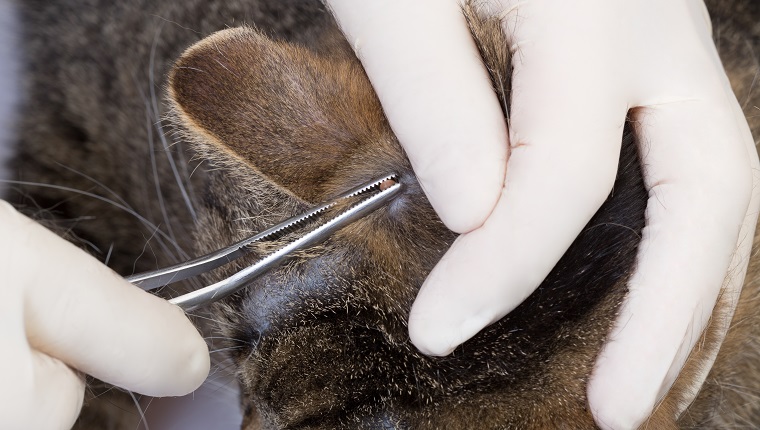The best way to protect your cat from ticks is to prevent ticks from being able to use your cat as a buffet. Talk to your vet about the many options for prevention that are available to you.
Many cat parents use prescription medications to prevent ticks, though there are natural options that can reduce the risks of tick bites for cats, too. Regardless…





